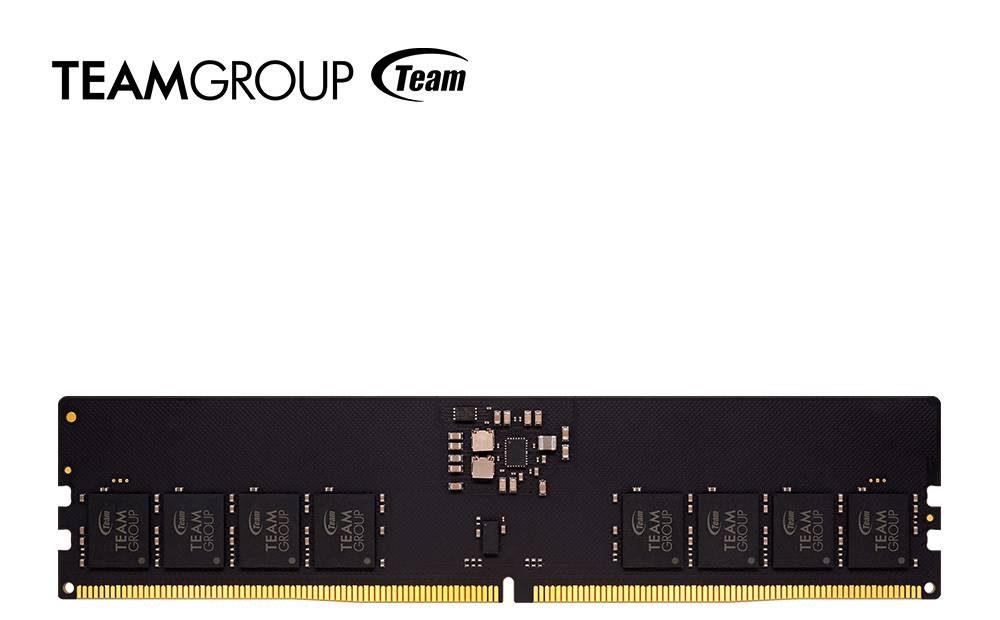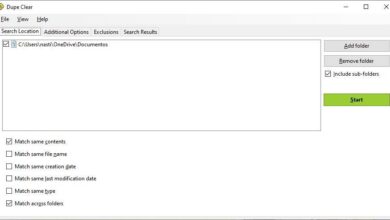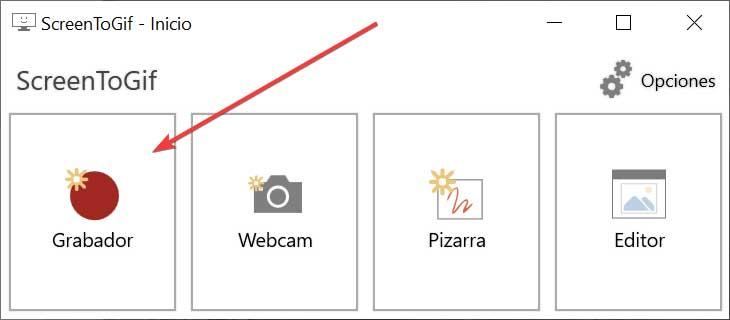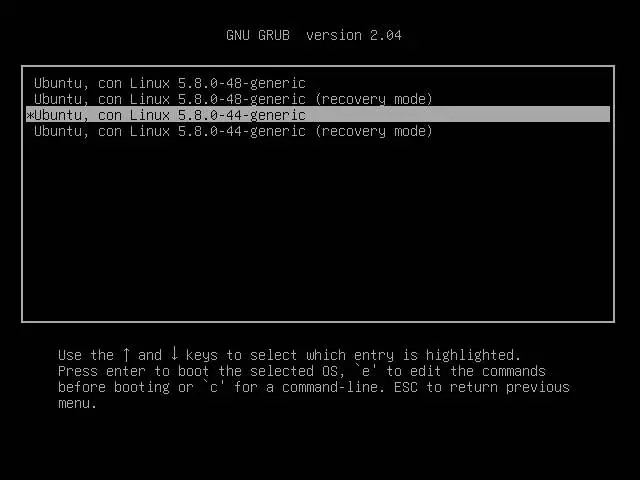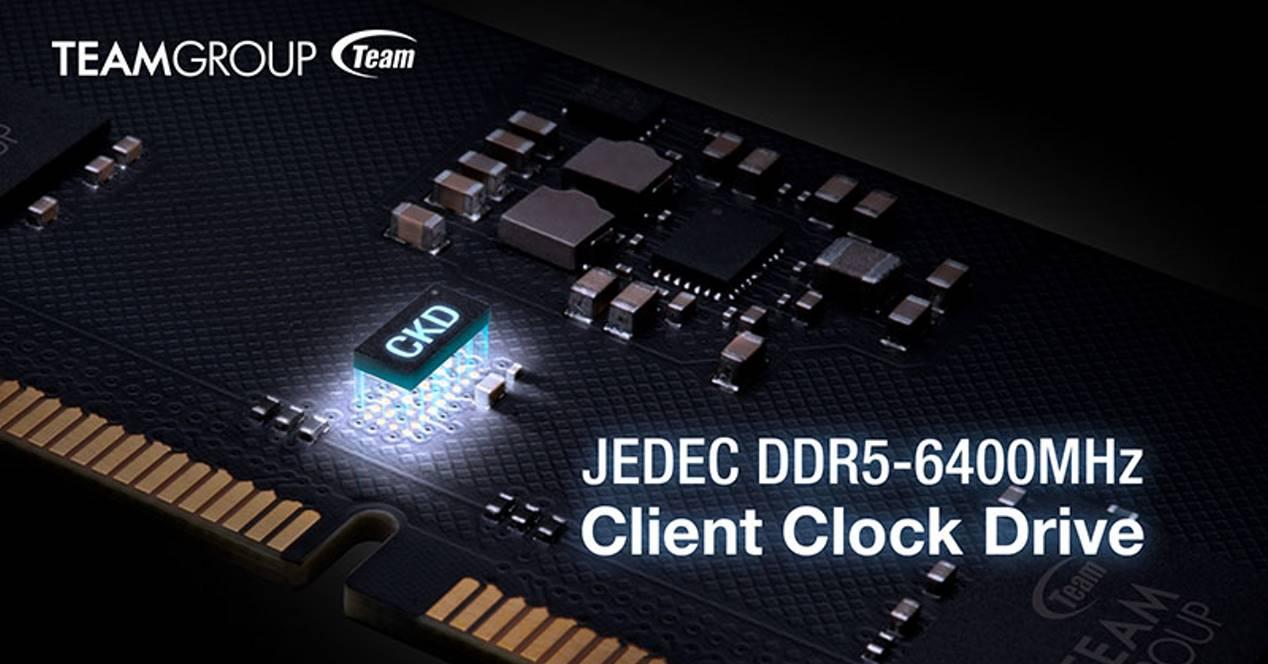
DDR5 memory is the current RAM memory standard, although we are currently in a transition towards it, there is no doubt that the die is cast and the different participants have been showing their bets little. The last of all? the bet of TEAMGROUP and its ELITE U-DIMM DDR5 with which it has broken speed records without overclocking and sets the trend for the integrated IMC of future processors.
As the speed of memory advances, there are new challenges for RAM manufacturers and designers. The objective? Ensure, not only the transfer of the signal at ever faster speeds, but also its integrity and all of it in ever shorter times. The TEAMGROUP solution? Put a small chip in your new DDR5 memory modules.
CKD, the key to TEAMGROUP’s ELITE U-DIMM DDR5 memories
The key to the new ELITE U-DIMM DDR5 memories is the so-called Client Clock Drive or CKD. A small chip developed by the Japanese Renesas Technologies that the manufacturer has decided to place in its RAM memory modules for desktop computers and whose job is to reinforce and buffer signals that go at high frequencies.
And it is that as the transfer speed increases, because we are still on the 64-bit bus of the DIMM memories, the only way to increase the bandwidth is to increase the clock speed. This has consequences in that the transfer and synchronization periods between the processor and the memory are smaller and smaller.
The inclusion of the CKD allows ELITE U-DIMM DDR5 to reach 6400 Mbps per pin in terms of base transfer and continuous. This translates into that theBandwidth per module is 51.2 GB/s Y in a dual channel configuration we are already talking about 102.4 GB/s. Although what especially opens the door to the future is that it achieves it without overclocking or temporary Memory Boost of any kind, so it is rather the IMC of Intel and AMD CPUs that have been left behind.
The future of DDR5 is already here
How about an Intel Core 14 or an AMD Ryzen 8000 with an integrated memory controller capable of running at 6.4 billion transfers per second at all times? In the part of the RAM the work is already done, with overtones of a future DDR5-9000 that would allow a bandwidth of up to 144 GB/s to be delivered. Something that until recently was only reserved for graphics cards and that will result in almost tripling the bandwidth of DDR4 memory.
The use of CKD follows the regulations of JEDEC, the consortium in charge of approving chip memory standards, whether random access or RAM and flash memories. Therefore, there are no compatibility problems due to the adoption of this solution in the ELITE U-DIMM DDR5 modules.
